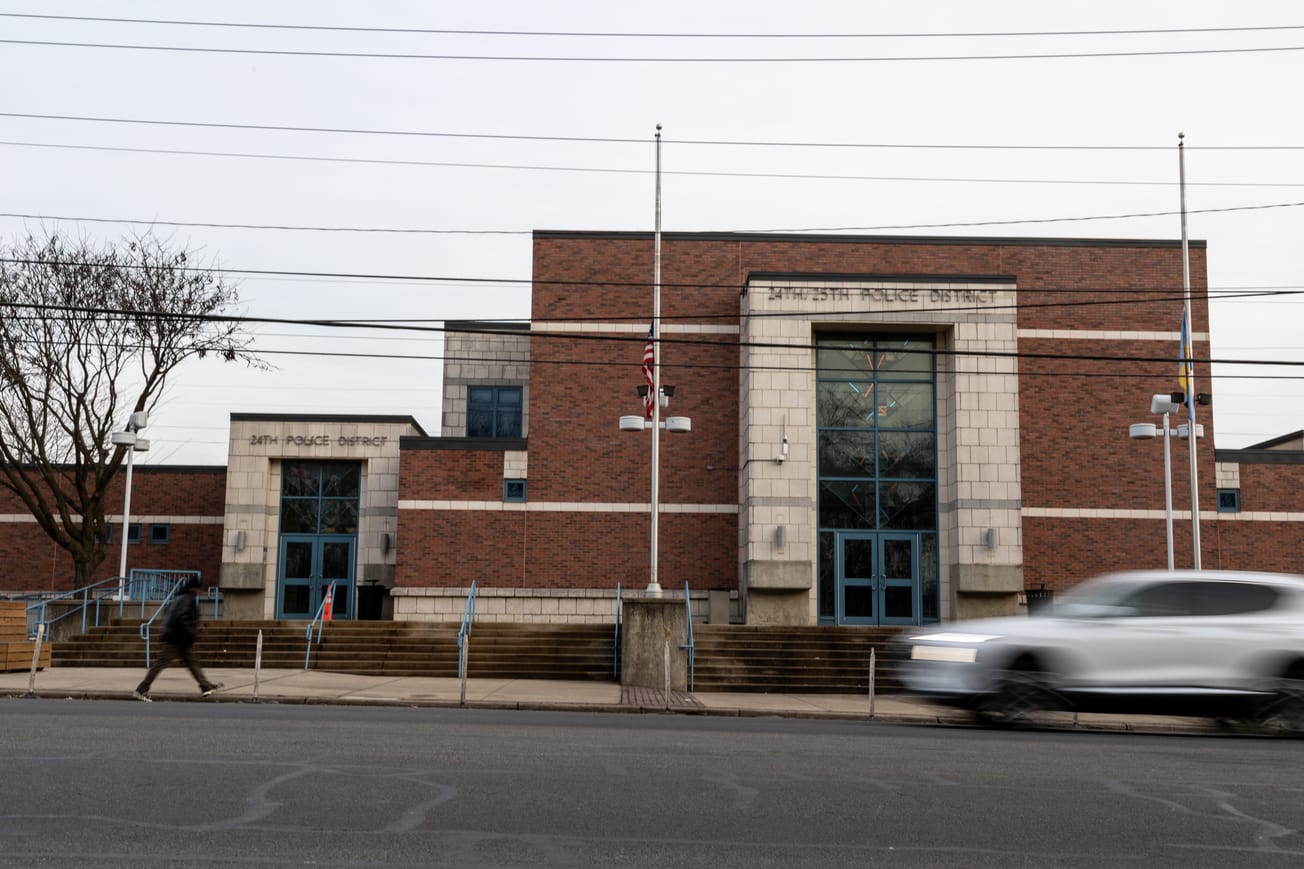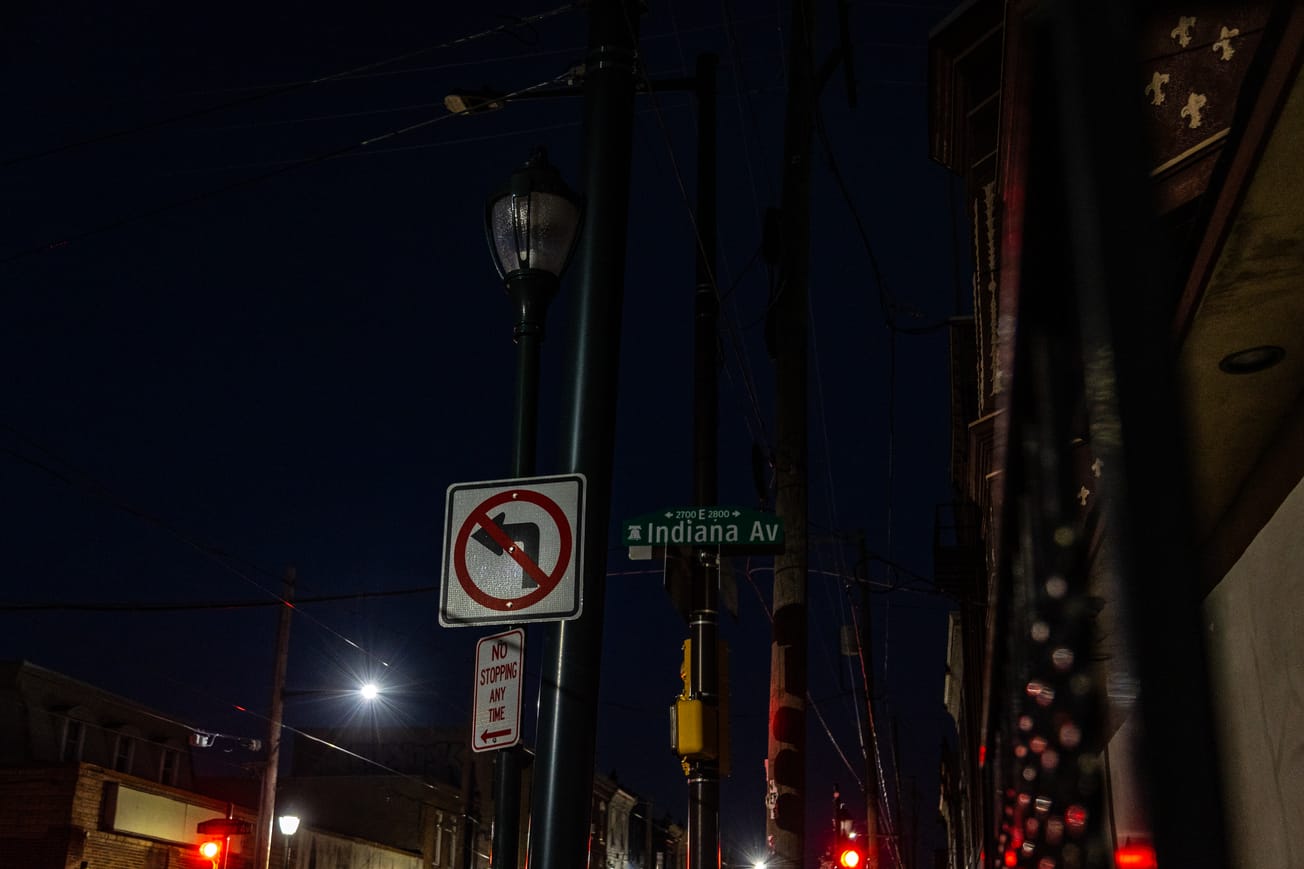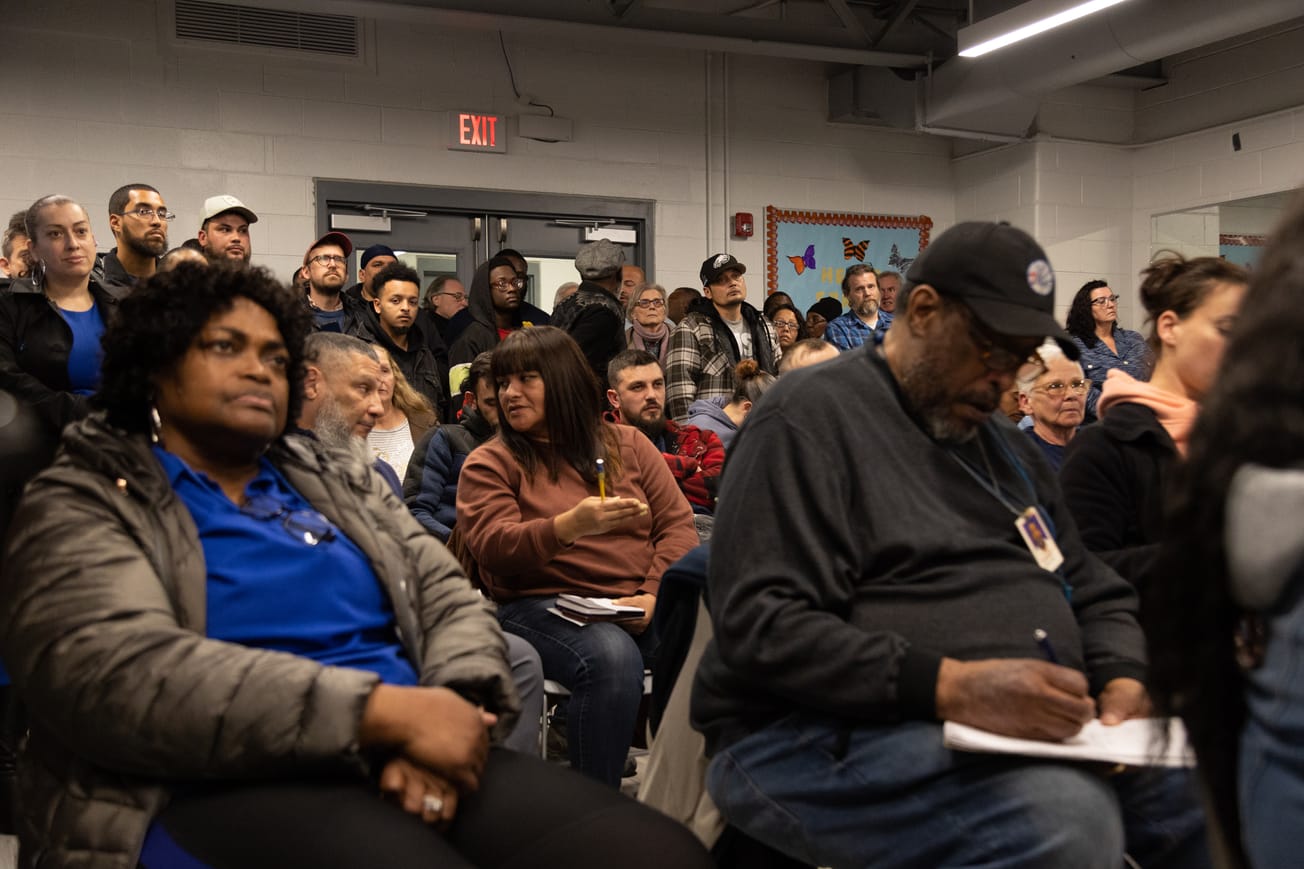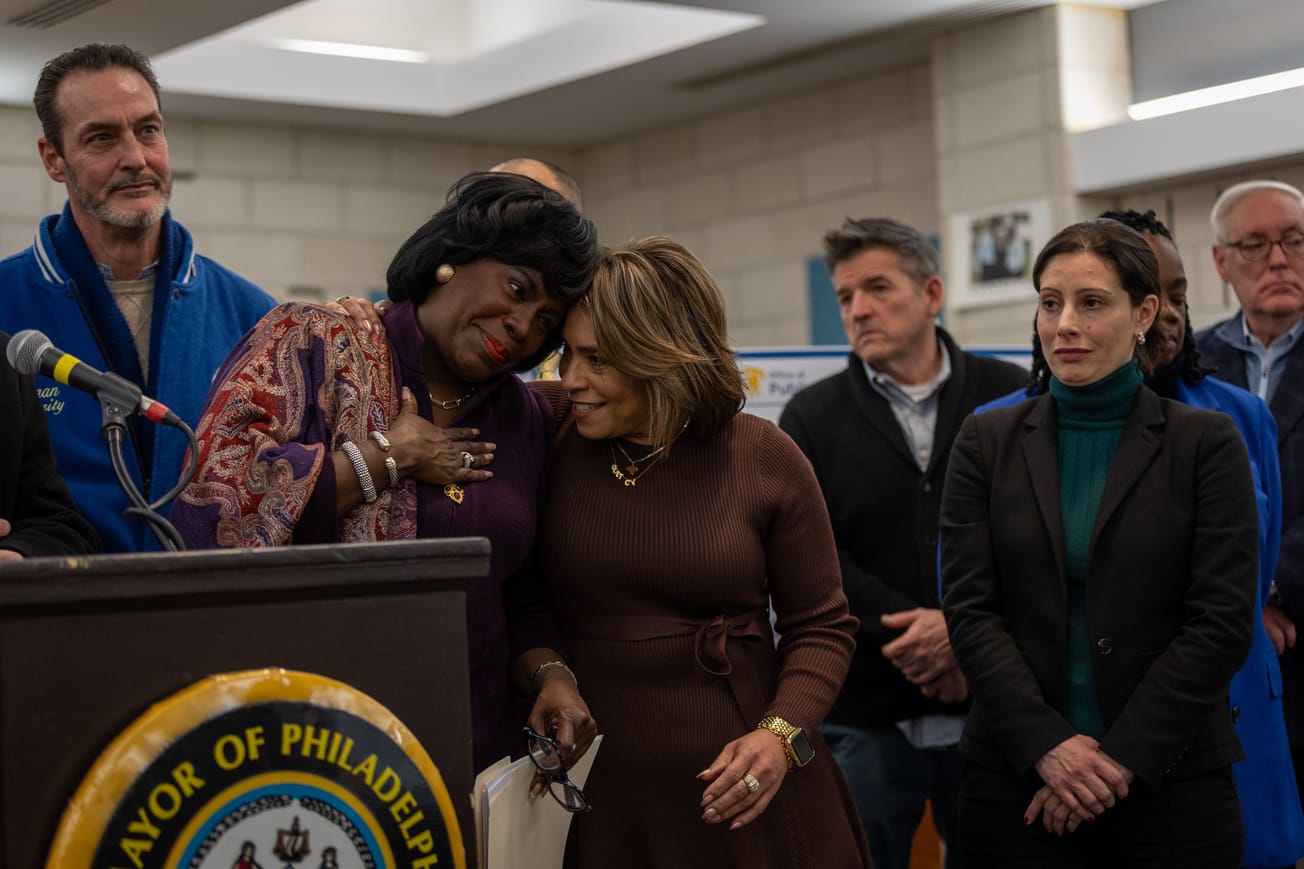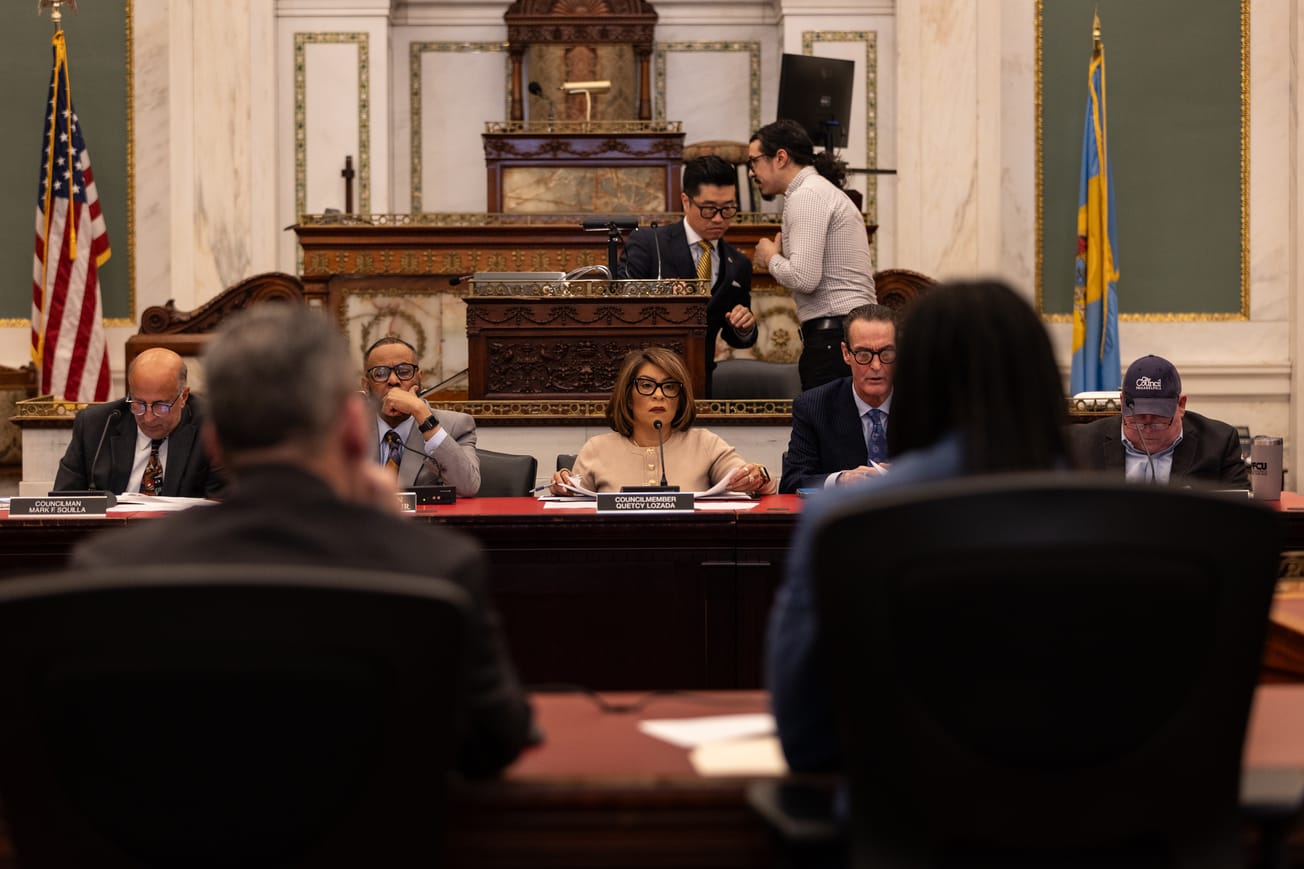As Philadelphia City Council considered Mayor Cherelle Parker’s $3.7 million request to expand the new Kensington Wellness Court program on Tuesday, the city’s top public safety official offered little data on the initiative’s effectiveness, saying, “It’s just too early to tell.”
The comment came during a budget hearing for the Office of Public Safety, which oversees the court. Chief Public Safety Director Adam Geer fielded questions from councilmembers about the initiative, which launched in January and targets people who use drugs or commit “quality-of-life” crimes. Offenses include disorderly conduct, failure to disperse, obstructing highways and other public passages, and public intoxication.
Parker’s proposed budget includes $2.7 million to expand court operations from one to five days per week, plus $1 million for the Defender Association of Philadelphia to support part of the program’s process. But some councilmembers expressed concerns about investing millions in a program with no public evidence of impact.
Councilmembers Nicolas O’Rourke, Katherine Gilmore Richardson, Kendra Brooks, Isaiah Thomas, Rue Landau, and Quetcy Lozada were among those pressing for answers.
O’Rourke began the questioning, saying Parker’s proposal “raises serious concerns… especially in light of critical reporting that suggests that the pilot has produced mixed, and in some cases troubling, results.”
During the first two weeks of the program, at least two people referred to treatment absconded within 24 hours and one was sent to jail due to an outstanding warrant in Montgomery County. Since then, the city has lost contact with many of the people arrested who initially agreed to treatment but did not follow through.
Some people arrested through the initiative have pleaded not guilty and gone to trial, in some cases, resulting in guilty verdicts and fines exceeding $350. Others have been sent to the hospital following their intake and were assigned later court dates, while some have been referred to housing counselors, outpatient treatment, or intensive inpatient programs.
Those who have not followed through with their referrals have since been given a “wellness court bench warrant,” which was created by the judge during the second week of the program.
“It raises red flags about consent, it raises red flags about effectiveness—certainly about expense,” O’Rourke said. “Frankly, it’s hard to reconcile this level of investment in an under-evaluated pilot with the administration’s decision to cut Zero Fare.”
The Parker administration has since revoked its proposal to eliminate Zero Fare, which provides free transit passes to low-income residents, following public criticism, including O’Rourke’s remarks.
“Where is that same level of scrutiny being applied to the mayor’s signature public safety initiatives?” O’Rourke asked.He pressed for data: how many people have been arrested through the program, how many have received treatment versus been sent to jail, and how many have left treatment within a week.
“If a person agrees to enter treatment but does not begin treatment and does not return to court, what options are available to them?” O’Rourke continued. “What processes are in place to determine whether individuals consent to treatment and are competent to stand trial? What is the administration doing to guard against potential constitutional violations?”
According to Geer, police have made over 60 arrests through the program since the court began operating 12 weeks ago. He cited a nurse stationed at the Kensington Wellness Center (formerly the Police-Assisted Diversion office), who assesses individuals after arrest. He also noted that public defenders have been working to clear outstanding warrants the same day.
“We did an exhaustive analysis and a thoughtful approach, making sure that as we moved forward with this wellness court pilot, the safety and dignity of our folks is upfront,” Geer said.
Geer said the program will also soon have a doctor present during the assessment process to treat people experiencing withdrawal symptoms.
Councilmember Landau asked Geer how many participants have accepted recovery housing at the Riverview Wellness Village after completing treatment, the success rate for people who have entered inpatient treatment programs, and how many people have left the programs successfully versus the number of people who have absconded.
In response, Geer said participants are more likely to accept services once they receive medication-assisted treatment after arrest, but again did not provide specific success rates.
He told Council that his office would provide a full briefing after six months of the court’s operation, which is sometime in July.
Councilmember Richardson requested that Geer’s office share the data requested in writing before final budget decisions are made.
“Success is going to be measured by the number of people ... who accepted treatment, the number of people that ... are actually moving on to live successful, healthy lives. And so we have to have those numbers,” Lozada said.
Council is expected to vote on the budget after the public testimony period ends May 14.
Have any questions, comments, or concerns about this story? Send an email to editors@kensingtonvoice.com.


